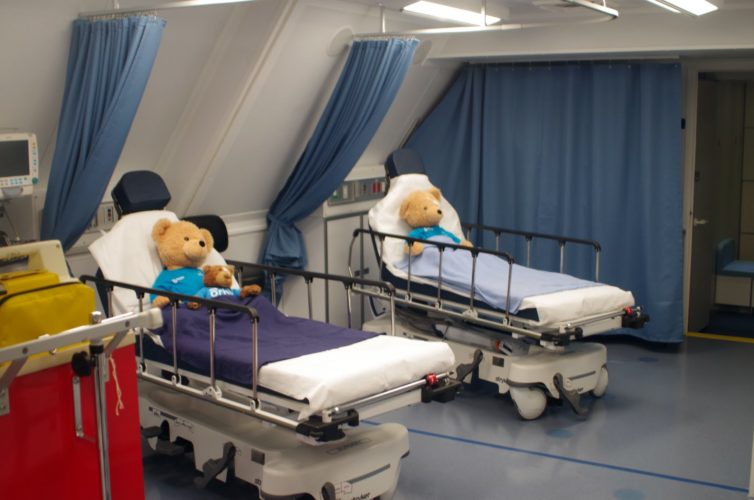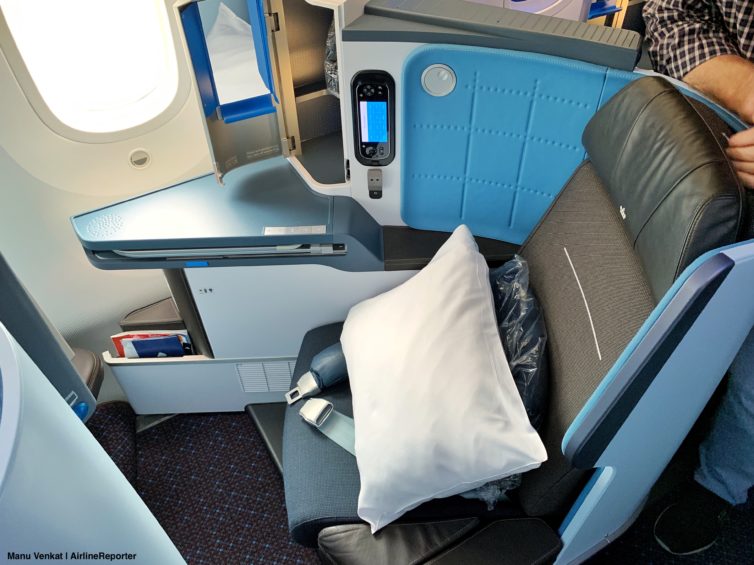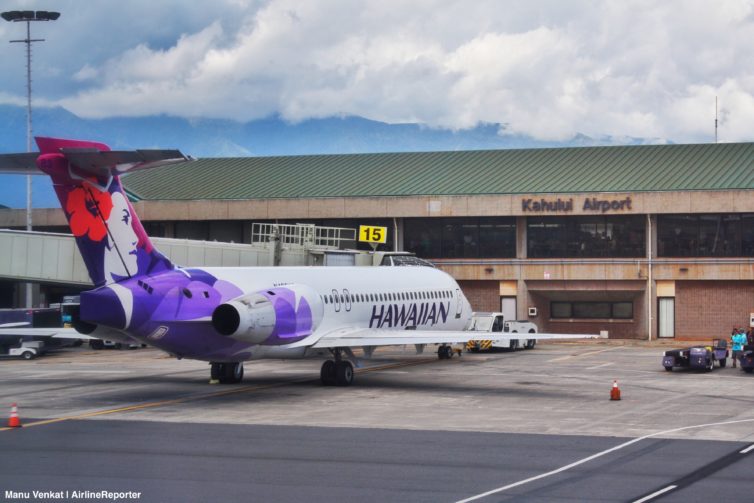SENIOR CORRESPONDENT - NEW YORK, NY. Manu is an avid air traveler, private pilot, and a dedicated AvGeek. He enjoys writing about aviation from a millennial's perspective, and co-manages AirlineReporter's social media and video projects. His day job is as a doctor in NYC.
https://www.airlinereporter.com

COVID-19: It’s here, it’s spreading, and it has people very worried. Public health authorities everywhere are hard at work containing this newest coronavirus strain, but the global ripple effects are already huge. And as with previous infectious disease outbreaks air travel is getting a lot of scrutiny as a potential means of disease spread across borders.
There’s no certainty about how far the disease will spread and how the aviation world will respond. But since some of you may have trips on the books or plans in the works, I wanted to take a brief moment to share some thoughts and resources. We discuss the basics of the virus, the level of risk if you fly during the epidemic, how to reduce your risk, whether you need to change your flight plans, and how coronavirus is impacting the aviation industry.
Before we dive into things, two big caveats:
– I’m a physician in my day job, but I’m NOT a trained public health professional or an infectious disease specialist. You should be paying closest attention to the updates and recommendations of trustworthy sources like the CDC and WHO.
– This story is evolving fast, so no guarantees that everything in here is up to date at the time you read this.
Read on for a quick take on the state of flying in the era of COVID-19, and what the epidemic may mean for you.

Founded in 1919, KLM is actually the world’s oldest airline still flying under its original name. How do you keep an airline with that long of a history feeling fresh? New planes definitely help, and for KLM’s long-haul fleet the freshest faces are its 787 Dreamliners.
Since joining the fleet a few years ago, the 787-9 has been KLM’s pride and joy. One of my very first AirlineReporter stories was a KLM pop-up exhibit in San Francisco back in 2016. Both then and now, folks at the airline are super proud of the Dreamliner fleet and its newest-generation onboard product. A few months ago, I scored a great deal on an award ticket from San Francisco to Amsterdam and on to Rio, and I’d get to try KLM’s long-haul Dreamliner service along the way. And it ended up being one of the best international business class experiences I’ve had.
For more of the highlights — from gin-filled ceramic houses and fancy Dutch glassware, to bubbly flight attendants and incredible views of that Dreamliner wing flex — keep on reading!

Order
Is there a list of AvGeek wonders of the world? Probably not, but if there was, the new TWA Hotel at New York’s JFK International Airport was trying from the outset to make it onto the list. Initially I was worried that the project — build around the historic TWA Terminal at JFK — might be a victim of stratospheric expectations. But from the moment I walked into the beautifully restored building it was clear that the attraction was everything we all wanted it to be, and more.
Just like the beautifully restored Lockheed Constellation sitting on the premises, the TWA Hotel fires on all cylinders. It’s as much a museum as a hotel, with tons of exhibits about the jet age’s golden years. The staff is having a total blast, with 60’s-style uniforms to match. There’s even an infinity pool on the roof with an incredible view of the ramp and runways. I mean seriously, how can you beat all that??
If by this point you’re not itching to click the “Read More” button — and see all the photos and videos we took during our visit — we’re questioning your AvGeek credentials. Enjoy!

It’s been almost twenty years since TWA folded, but some of its employees still stay in touch. Every year, the Silver Wings organization of former TWA flight attendants hosts a get-together where they celebrate their shared history. The meetings usually rotate between U.S. cities, and this year there was only one logical choice: New York, thanks to the awesome new TWA Hotel that opened in May. If you’re one of the few AvGeeks out there who haven’t heard about it, the hotel is built around Eero Saarinen’s iconic TWA terminal at JFK and features historical displays, a rooftop pool with tarmac views, and more.
We got to join in for the Silver Wings meetup, and it was as awesome as we were hoping it would be. The turnout was incredible, and attendees were having a blast touring their old stomping grounds and seeing the old TWA terminal brought back to life.
Read on for a recap of the weekend and an insider look at the TWA Hotel, which — spoiler alert — is everything an AvGeek would want it to be.

You’re sitting by the gate at the airport, watching the clock tick closer to your flight’s boarding time. Suddenly, there’s a *ding* overhead as the PA system comes on. Your stress levels rise. You know what’s coming. “Sorry folks, but departure has been delayed by an hour due to [insert any one of a million reasons / excuses here].”
In the airline world, on-time performance is hard. Airplanes are complex, ground operations are a logistical nightmare, and weather can wreak havoc on even the best-managed carriers. Given all those factors, it’s sometimes surprising how many flights still do leave on time. Most airlines rise and fall in the Department of Transportation’s on-time performance rankings. But over the past fifteen years, one U.S. carrier has kept an iron grip on the top position: Hawaiian Airlines.
We just wrote about our flight from Oakland to Maui on one of the airline’s new Airbus A321neos. After landing, we sat down with Hawaiian’s Head of Neighbor Island Operations Pat Rosa, who discussed what goes into Hawaiian’s on-time performance. Sure, Hawaii’s lack of snowstorms helps (though the islands still deal with their share of bad weather). But there’s plenty more ingredients that go into Hawaiian’s secret sauce for punctuality. Pat also talked about the unique culture within the islands’ home airline, his love for the new A321neo fleet, and his excitement for the airline’s Boeing 787 order.
If you love behind-the-scenes looks at airlines you definitely don’t want to miss this one, so read on!




